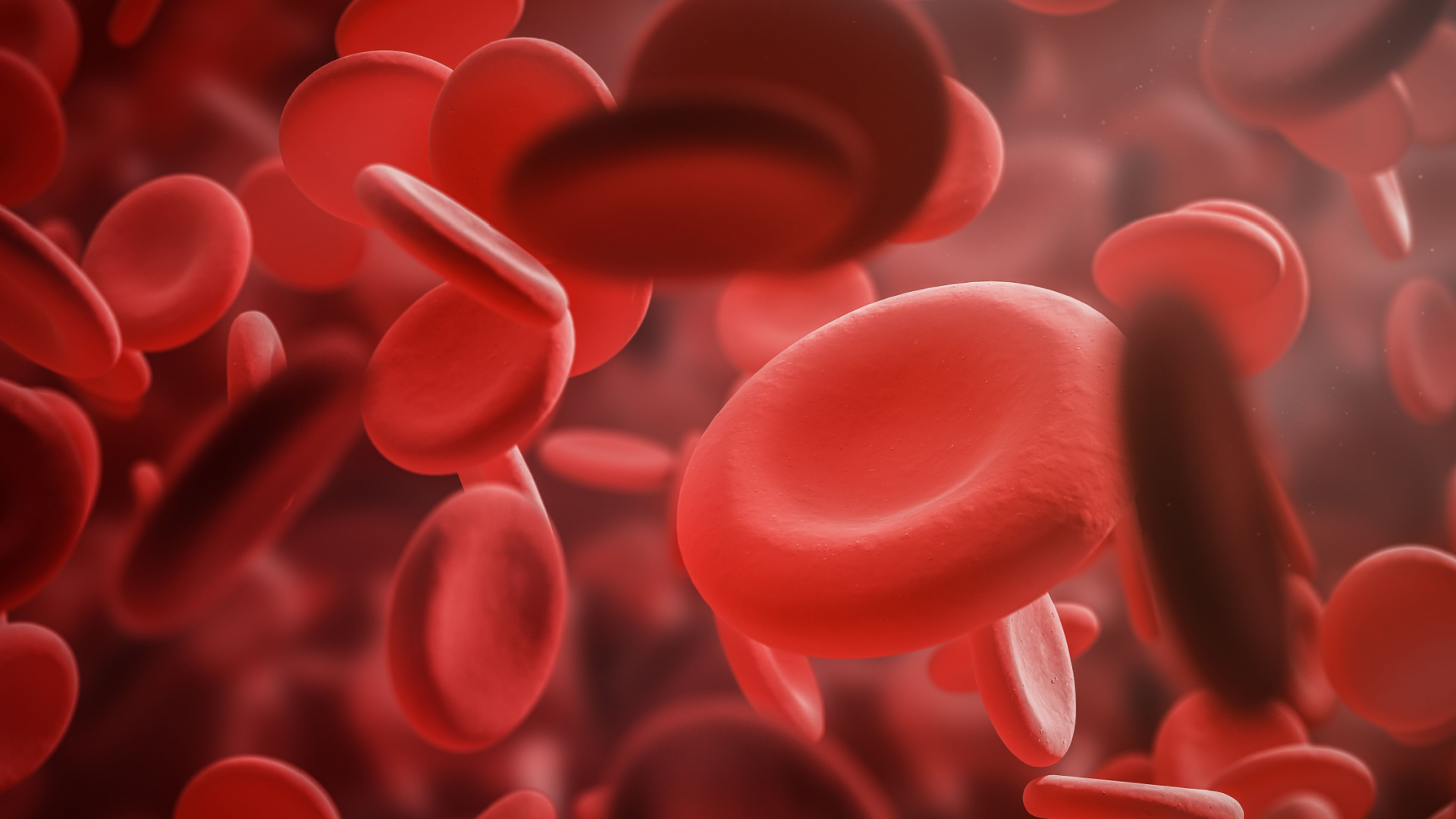
As the most common bleeding disorder, von Willebrand disease (VWD) is found in up to 1% of the United States population.1 Current management strategies include adjunctive therapies such as antifibrinolytics and hormones, desmopressin, and von Willebrand factor (vWF) concentrates,1 but new laboratory and preclinical developments are pushing the limits for more treatment options for this blood disorder.
What’s New in the Lab?
A study published in Blood identified the regulatory role of RalB in exocyst-dependent Weibel Palade body secretion and vWF release.
Produced by endothelial cells, vWF is stored in specialized secretory granules called Weibel Palade bodies (WPBs), the researchers explained. “We have previously shown that loss of the exocyst complex, an essential multi-subunit trafficking protein, which physically tethers secretory granules to the plasma membrane in yeast, increases vWF release,” wrote lead author Moua Yang, PhD, of Harvard Medical School, and colleagues.2
After performing RalA, RalB, and exocyst depletion via targeted small interfering RNAs, the researchers found that RalB depletion “significantly impaired” thrombin-induced vWF exocytosis by 55% ± 7%. Compared with wild-type RalB, RalB-G23V mutant expression increased vWF exocytosis by 69% ± 4.6%.
“Endothelial cell activation switches RalB ‘on,’ and exocyst, now uncoupled from GTP-bound RalB, is free to tether WPBs to the plasma membrane and facilitate vWF release,” Dr. Yang and colleagues concluded.
What’s Coming Down the Pipeline?
A phase 1/2 clinical trial is evaluating HMB-002, a potential first-in-class subcutaneous therapy for VWD, according to a press release from Hemab Therapeutics. The drug is designed to increase vWF and factor VIII levels associated with the disorder.3
HMB-002 “could offer a complete disease correction for some and substantial modification for bleeding tendency for others,” said Priyanka Raheja, MBBS, MD, contributing investigator on the trial and a consultant hematologist at Royal London Hospital, Barts Health NHS Trust, in the press release.3
VGA-039, an investigational monoclonal antibody, is another promising treatment option for patients with the bleeding disorder. The drug, which received Fast Track Designation from the FDA in January 2025, restores balance in blood clotting by targeting protein S.4 In a phase 1a study, VGA039 increased the production of thrombin in human participants treated with activated protein C as well as in nonhuman primates.5
“Fast Track Designation enables us to potentially accelerate the development path for VGA039 as a therapy that can transform the way VWD is treated with a convenient, subcutaneous therapy for patients with all types of VWD,” said Adam Rosenthal, PhD, CEO and founder of Star Therapeutics, in a press release.4
References
- James P, Leebeek F, Casari C, Lillicrap D. Diagnosis and treatment of von Willebrand disease in 2024 and beyond. Haemophilia. 2024;30(suppl 3):103-111. doi:10.1111/hae.14970
- Yang M, Mendez L, Sharda AV. Ralb and Exocyst Regulate Endothelial Cell Von Willebrand Factor Release Blood. 2023;142(suppl 1):501. doi:10.1182/blood-2023-189635
- Hemab Therapeutics announces start of Velora Pioneer, a phase 1/2 clinical trial investigating HMB-002 for the treatment of von Willebrand Disease. News Release. Hemab Therapeutics. February 27, 2025. Accessed March 19, 2025. https://www.prnewswire.com/news-releases/hemab-therapeutics-announces-start-of-velora-pioneer-a-phase-12-clinical-trial-investigating-hmb-002-for-the-treatment-of-von-willebrand-disease-302387425.html
- Star Therapeutics receives FDA Fast Track Designation for VGA039 in von Willebrand disease (VWD). News release. Star Therapeutics. January 6, 2025. Accessed March 19, 2025. https://star-therapeutics.com/star-therapeutics-receives-fda-fast-track-designation-for-vga039-in-von-willebrand-disease-vwd/
- Millar CM, Raheja P, Wheeler AP, et al. A phase Ia study of VGA039, a protein S-targeting monoclonal antibody, in individuals with von Willebrand disease demonstrates concentration-dependent increases in thrombin generation for reducing bleeding. Blood 2024;144(suppl 1):3981. doi:1182/blood-2024-208020






 © 2025 Mashup Media, LLC, a Formedics Property. All Rights Reserved.
© 2025 Mashup Media, LLC, a Formedics Property. All Rights Reserved.